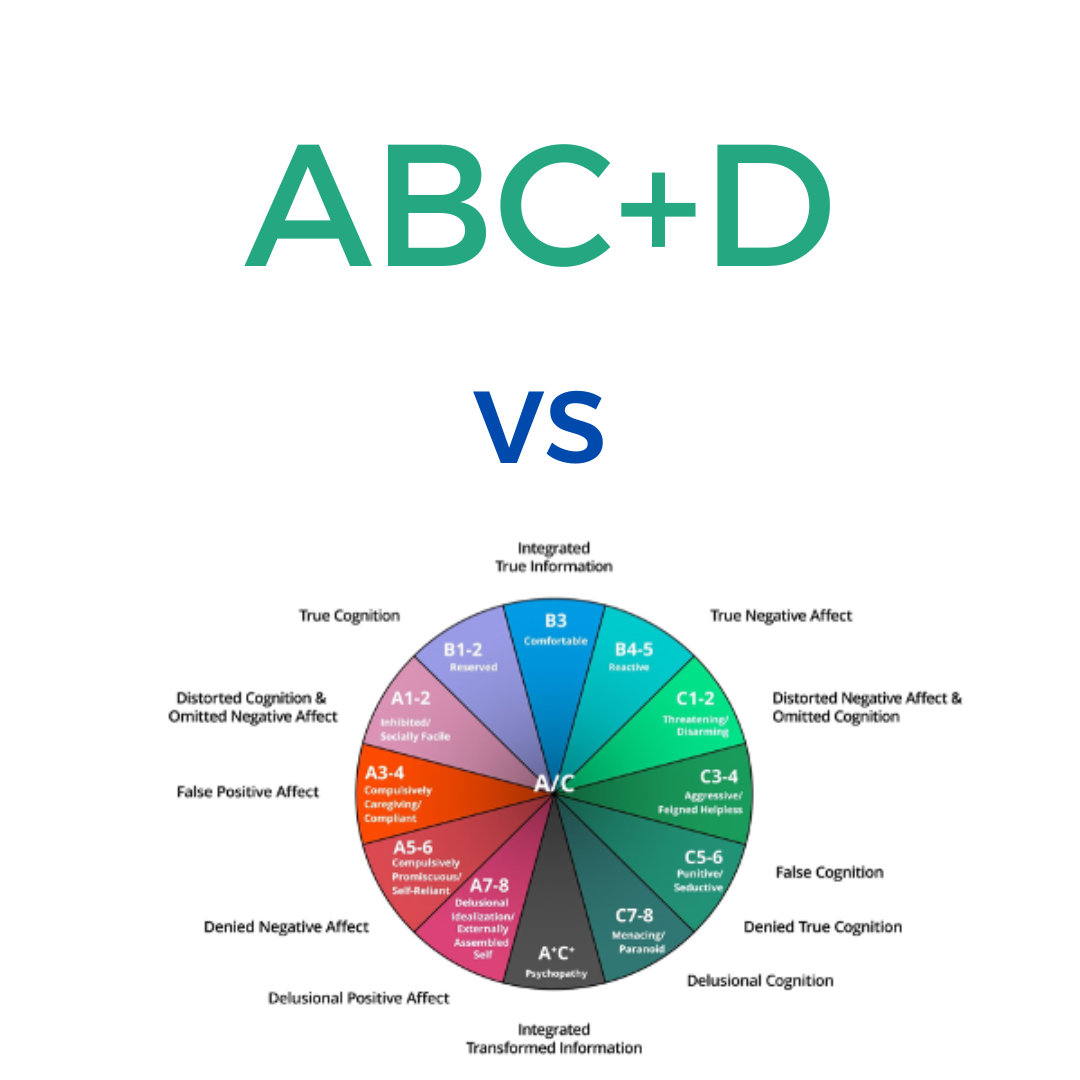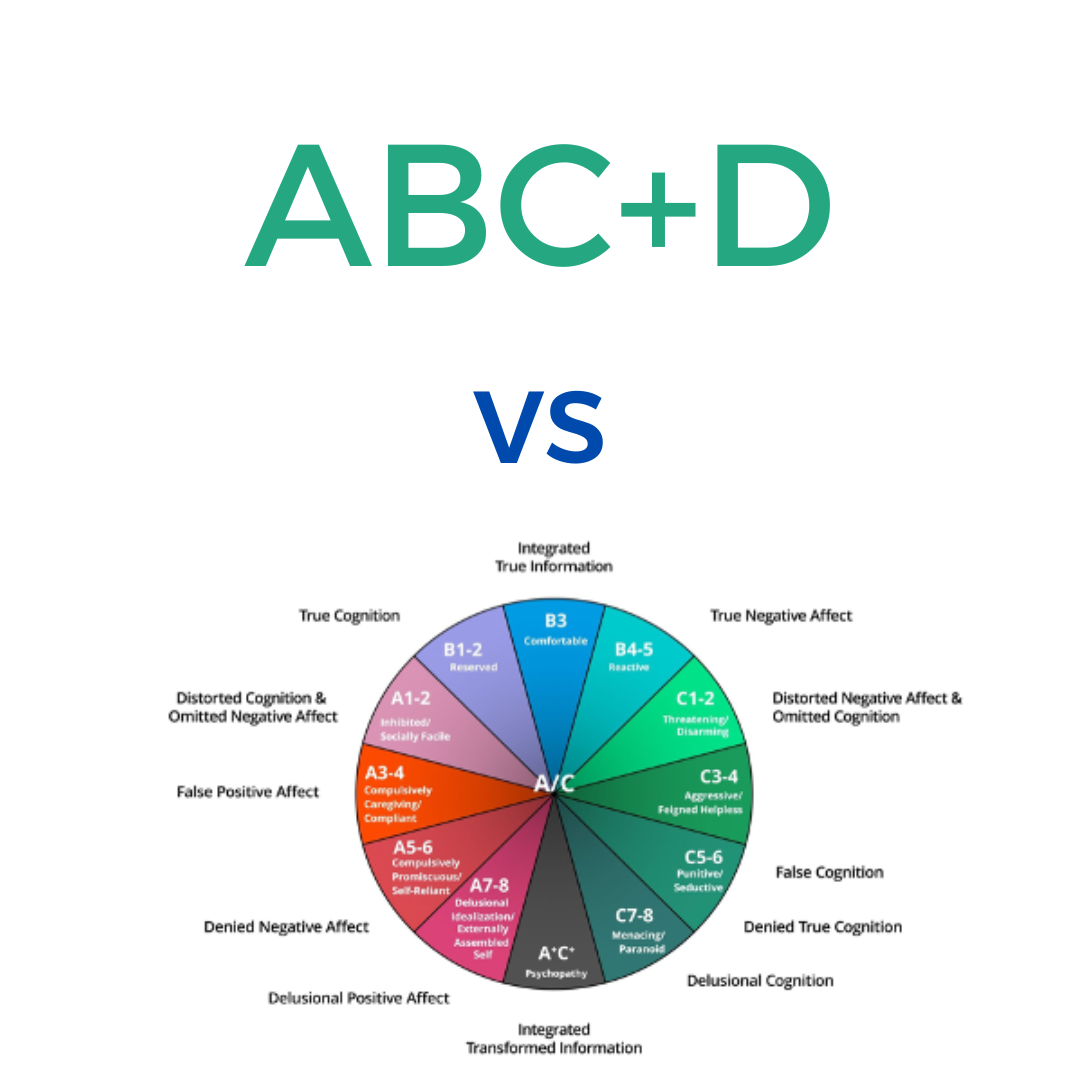ABC+D Model VS Dynamic Maturational Model (DMM)

Throughout my experience of working within children’s social care, which is now over 20 years, attachment theory has always been understood in the context of the ABC+D model, with no awareness to the insight that can be gained from the Dynamic Maturational Model (DMM). As the DMM is the only attachment theory based on observations of maltreating samples, and follows three decades of research on child protection populations (Crittenden 1981, 1998, 1999 and 2008, cited in Crittenden et al, 2013), I believe a greater emphasis needs to be placed on helping professionals within the children’s social care sector to better understand the key concepts of the DMM.
So, what are some of the differences between the ABC+D model and the DMM:
- The DMM acknowledges that attachment is dynamic, whereby it’s neither hard-wired nor fixed in the early years of life like the ABC+D model suggests. As a result, it becomes increasingly complex with maturation and development (Stacks, 2010).
- Unlike the ABC+D model, the DMM has an emphasis on individuals having the capacity to develop self-protective and defensive strategies in relationships in response to danger. These strategies are adaptive and become more complex over time (Stacks, 2010).
- The DMM identifies patterns of attachment that differ along a continuum of cognition and affect, whereas the ABC+D model describes infant attachment categorically – for example avoidant, secure, ambivalent and disorganised (Holmes and Farnfield, 2014).
- Where infants are classified as disorganised (D) in the ABC+D model, infants in the DMM are believed to have the capacity to develop other strategies, such as alternating between inhibiting negative affect (A) and exaggerating negative affect (C) (Stacks, 2010).
- The role of fear in the ABC+D model has a dis-organisational effect on attachment category, whereas in the DMM, fear has a highly organising effect on attachment strategies (Holmes & Farnfield, 2014).
What do you believe are the key differences between the ABC+D model of attachment and the DMM?
If you would like to learn more about the DMM and how it may help your understanding of the attachment needs and behaviours of the children/caregivers you are supporting, please get in touch via danielgrantsocialcare@gmail.com
References:
Crittenden, P. M., Farnfield, S., Landini, A, & Grey, B. (2013) Assessing attachment for family court decision making. Journal of Forensic Practice, 15 (4), 237-248
Holmes, P. and Farnfield, S. (2014) The Routledge Handbook of Attachment: Theory. Hove: Routledge.
Stacks, A. (2010) Self-protective strategies are adaptive and increasingly complex: A beginner’s look at the DMM and ABCD models of attachment, Clinical Child Psychology, 15(2)
